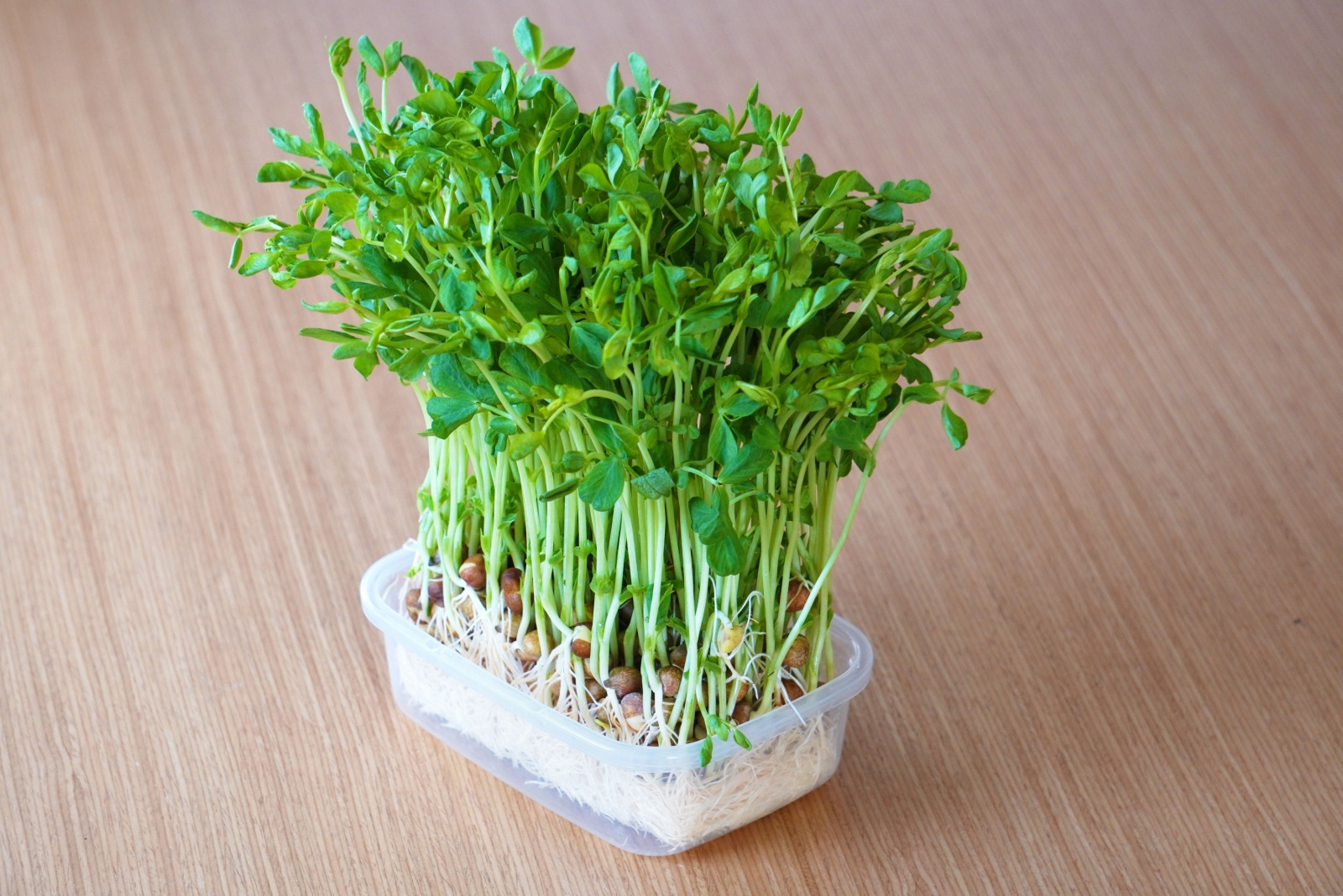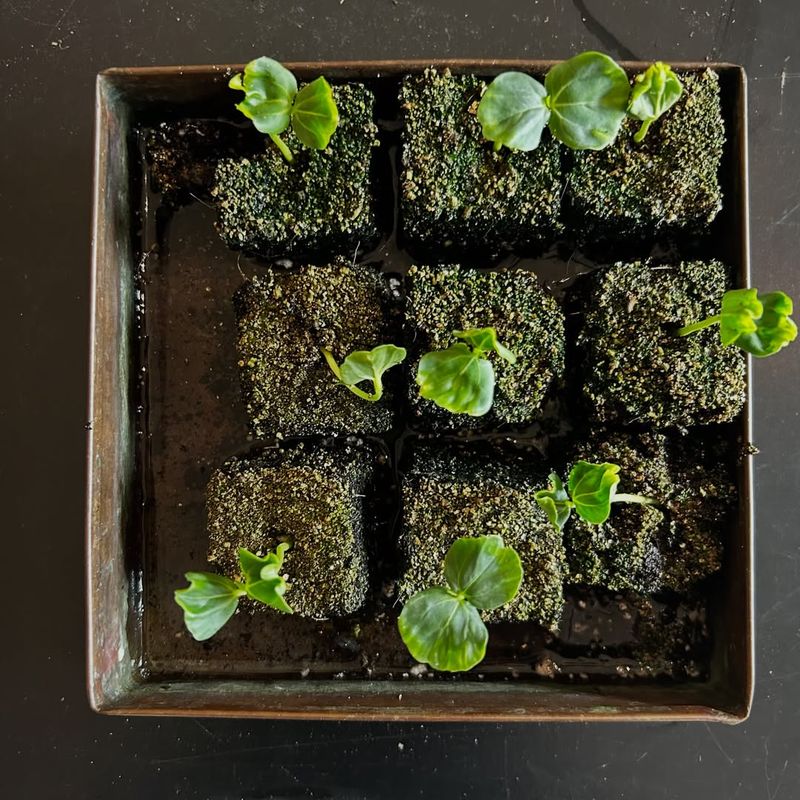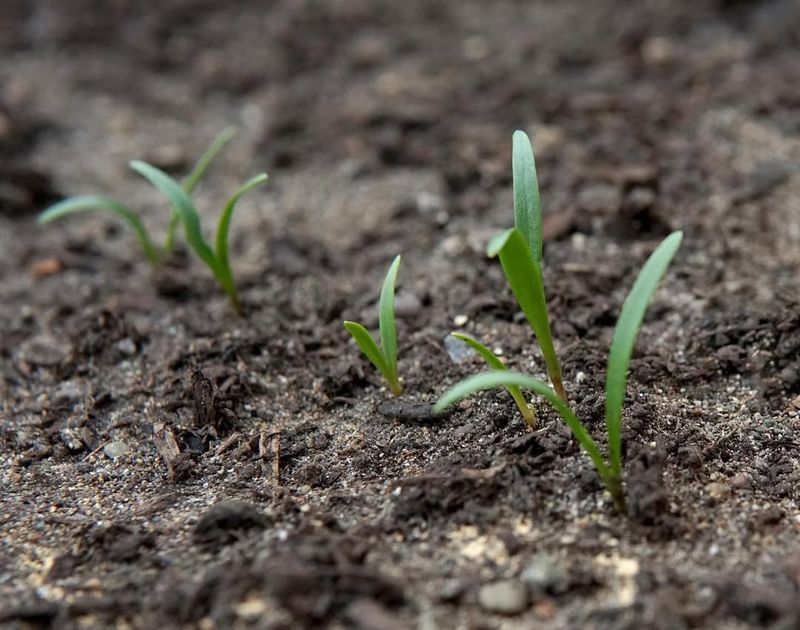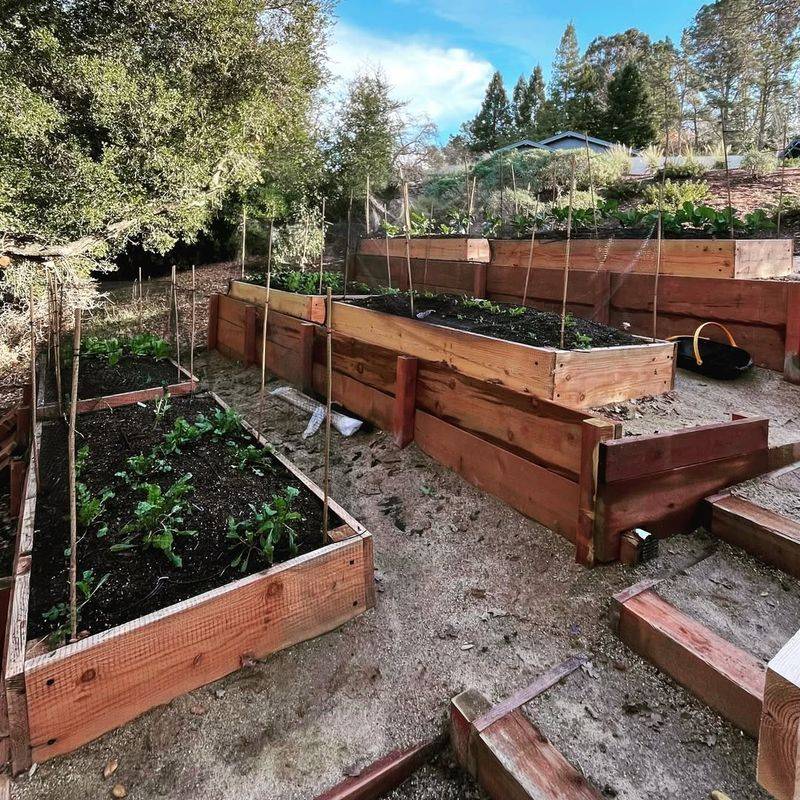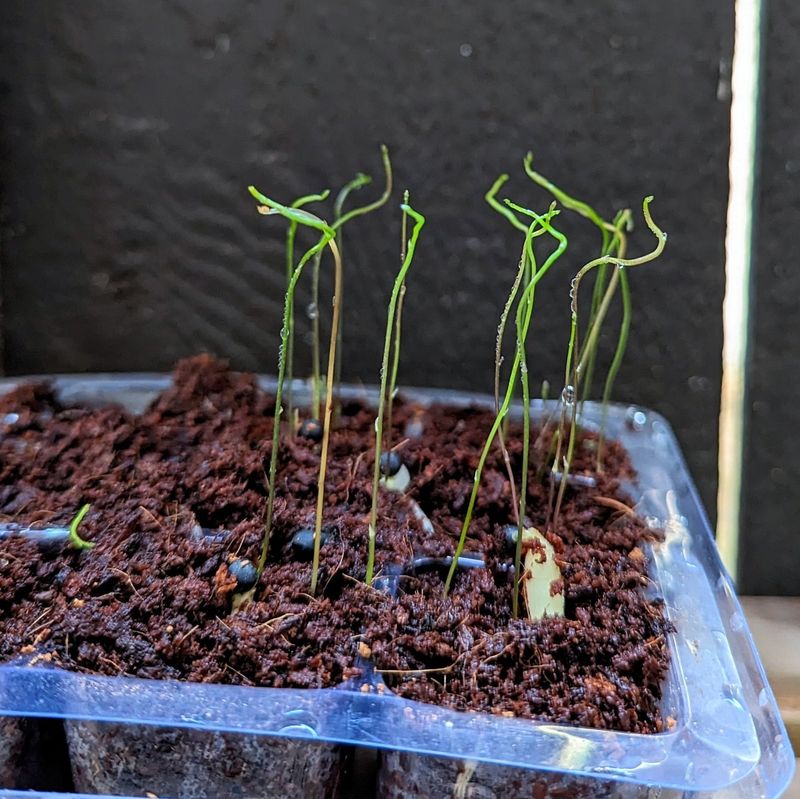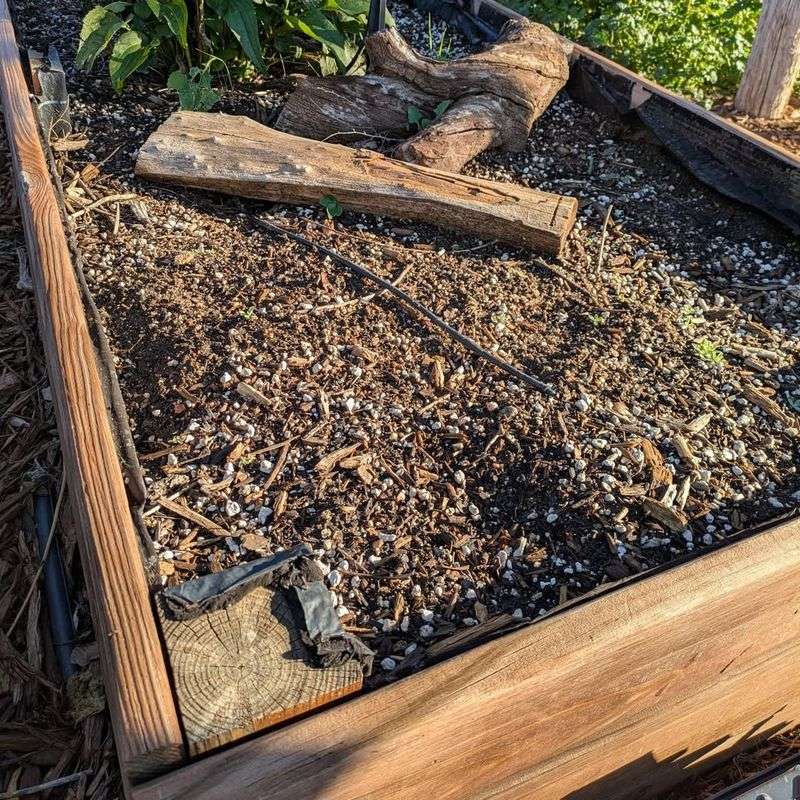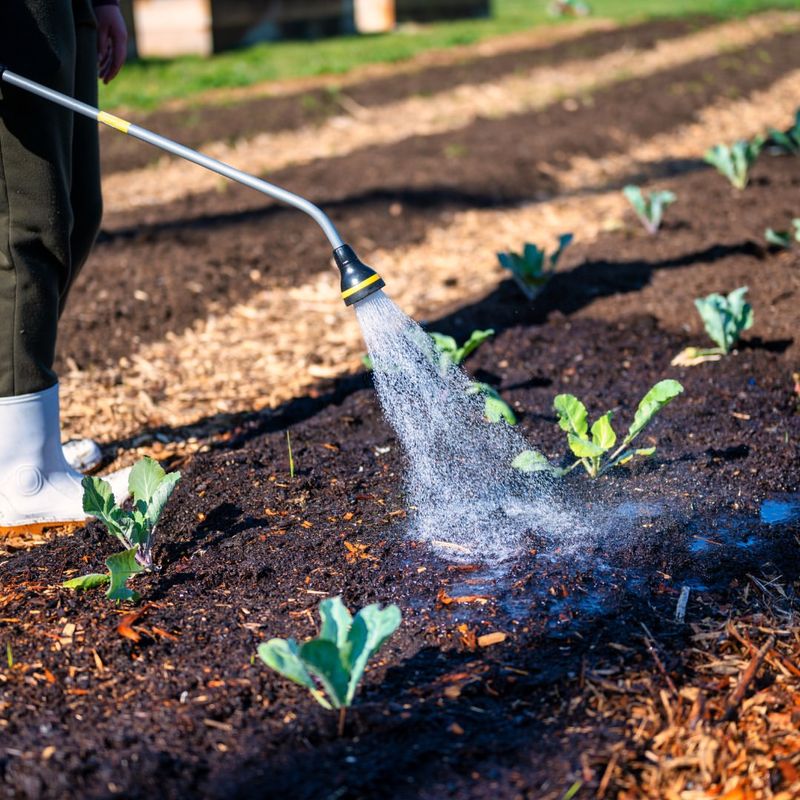December may look like the sleepy season in California gardens, but those in the know are already setting the stage for a head start on winter crops.
Their secret is surprisingly simple and straight from the playbook of seasoned growers. Instead of waiting for cool soil to wake up seeds at its own pace, they give veggies a running start indoors, coaxing tiny sprouts to life before planting them out.
This quick little trick turns sluggish germination into steady growth, helping winter vegetables take off faster and produce sooner — a small move that pays off big when the season is at its coldest.
What Makes Pre-Sprouting So Effective
Starting seeds indoors before December planting gives them a crucial advantage over direct sowing. Your seedlings develop strong roots in a controlled environment, protected from unpredictable weather and hungry pests.
Once transplanted outside, these pre-sprouted vegetables adapt faster and grow more vigorously. California’s mild winter temperatures create perfect conditions for this method.
Gardeners report healthier plants and earlier harvests compared to traditional planting methods. The technique works especially well with cool-season crops that thrive in winter months.
Choosing The Right Seeds For Winter Success
Not every vegetable responds well to December planting, even with pre-sprouting. Leafy greens like lettuce, spinach, and kale absolutely love the cooler temperatures California winters provide.
Peas, broccoli, and carrots also perform beautifully when started this way. These crops actually prefer chilly nights and moderate daytime warmth.
Avoid heat-loving plants like tomatoes or peppers during this season. Stick with vegetables that naturally flourish in temperatures between 40 and 70 degrees Fahrenheit for best results.
The Paper Towel Method Explained
Many California gardeners swear by the simple paper towel technique for pre-sprouting. Place seeds between damp paper towels inside a plastic bag or container to maintain moisture levels.
Keep them in a warm spot away from direct sunlight, checking daily for sprouting. Most seeds show tiny roots within three to seven days, depending on the variety.
Once roots emerge, handle them carefully when transplanting to avoid damage. This method lets you see exactly which seeds are viable before wasting garden space.
Timing Your December Planting Window
December offers a surprisingly generous planting window throughout most California regions. Coastal areas enjoy particularly mild conditions, while inland valleys experience cooler but still manageable temperatures.
Start pre-sprouting seeds indoors about one week before your planned transplant date. Watch local weather forecasts to avoid planting right before a cold snap or heavy rain.
Mid-December typically provides the most stable conditions statewide. Southern California gardeners can push planting into late December with excellent success rates for winter crops.
Creating The Perfect Indoor Sprouting Station
Setting up a dedicated sprouting area makes the process much more organized and successful. Choose a warm location with temperatures consistently between 65 and 75 degrees Fahrenheit for optimal germination.
A sunny windowsill works great, though a heating mat underneath containers speeds things along nicely. Keep your sprouting seeds away from cold drafts and direct heat sources.
Label everything clearly to avoid confusion when multiple varieties are sprouting simultaneously. Good organization prevents mistakes and helps you track which seeds germinate fastest.
Hardening Off Before Transplanting Outside
Pre-sprouted seedlings need gradual exposure to outdoor conditions before permanent planting. This hardening-off process prevents transplant shock and strengthens plants against environmental stress.
Start by placing seedlings outside for just two hours daily in a protected, shaded spot. Gradually increase outdoor time over five to seven days while introducing more direct sunlight.
California’s generally mild December weather makes this process easier than spring transplanting. Your plants will reward this patience with vigorous growth and better survival rates overall.
Soil Preparation For Winter Vegetables
Well-prepared soil makes all the difference for December-planted vegetables in California gardens. Mix in plenty of compost to improve drainage and provide nutrients your pre-sprouted seedlings will need.
Winter crops prefer slightly looser soil that drains well after December rains. Add organic matter like aged manure or leaf mulch to boost soil health.
Test your soil pH before planting, aiming for 6.0 to 7.0 for most vegetables. Proper preparation now means stronger plants and bigger harvests when spring arrives in your garden.
Protecting Young Plants From Unexpected Cold
Even California experiences occasional cold snaps that threaten tender transplants during December nights. Keep row covers or frost blankets handy to protect your pre-sprouted vegetables when temperatures drop unexpectedly.
Lightweight fabric covers trap warmth while allowing light and water through during the day. Remove coverings when temperatures rise to prevent overheating and encourage strong growth.
Most winter vegetables tolerate light frost, but protection helps them establish faster. Young transplants need extra care during their first two weeks in the ground.
Watering Strategies For Winter Garden Success
December watering needs differ dramatically from summer irrigation schedules in California gardens. Pre-sprouted vegetables require consistent moisture but far less frequent watering than warm-season crops.
Water deeply but infrequently, allowing soil to dry slightly between sessions. Morning watering prevents fungal problems that develop when foliage stays wet overnight in cooler temperatures.
Watch for signs of overwatering like yellowing leaves or soggy soil conditions. December rains often provide adequate moisture, so adjust your irrigation accordingly to avoid drowning your plants.

